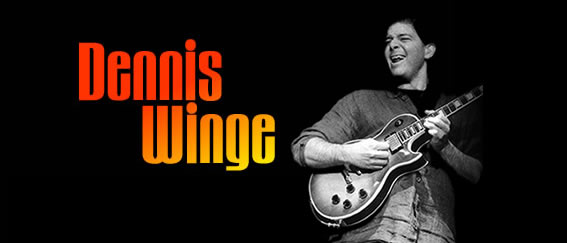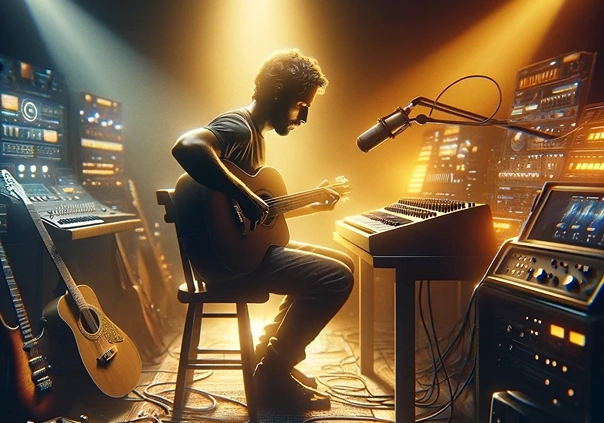The Art of Live Music in the Digital Age: A Personal Approach
In an era where technology profoundly influences how we create and experience music, the debate between utilizing technological aids like backing tracks and loop stations versus the raw, unfiltered beauty of live performance has never been more relevant. As a musician who prides themselves on delivering emotionally charged performances for weddings, parties, and events, I find myself navigating this debate with a perspective that honors both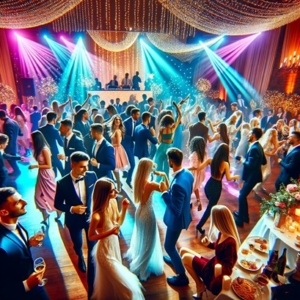 innovation and tradition.
innovation and tradition.
Embracing Technology
Technology, without a doubt, has revolutionized the music industry. From loop stations that allow a single musician to build a multi-layered performance in real-time to backing tracks that can fill the soundstage, these tools have opened up new horizons for creativity and expression. They enable artists to experiment with sound textures and dynamics that would otherwise require a full band or orchestra.
The Magic of Looping
Looping, in particular, has become a popular technique among solo artists, allowing them to layer melodies, harmonies, and rhythms to create a rich, complex sound. It’s a testament to how technology can amplify a musician’s creativity, offering audiences a unique and captivating experience. With loop stations, I can build a song from the ground up, adding layers of guitar, vocals, and even percussion, creating a full-bodied performance that mesmerizes listeners.
The Versatility of Backing Tracks
Backing tracks also offer versatility, enabling solo musicians to perform songs that would typically require multiple instruments. This can be particularly useful for creating a full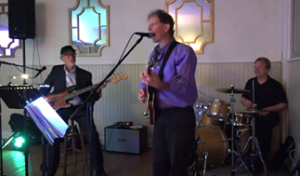 sound in larger venues or when a particular song requires more instrumentation than one musician can provide live. It’s a way to expand the musical possibilities and provide a richer experience for the audience.
sound in larger venues or when a particular song requires more instrumentation than one musician can provide live. It’s a way to expand the musical possibilities and provide a richer experience for the audience.
The Power of Live Musicianship
Despite the allure of technology, there’s an undeniable magic in purely live music. Recently, while discussing music arrangements with a bride-to-be, I emphasized the unparalleled emotional depth that live performance brings to special occasions. “My opinion is that playing live is where the emotion is,” I remarked. This sentiment echoes my belief that the essence of a memorable musical experience lies in its authenticity and emotional resonance.
Authentic Connection
Live music, devoid of pre-recorded tracks or digital augmentation, carries a certain vulnerability and immediacy that technology cannot replicate. Each note played, from the gentle caress of guitar strings to the soft press of piano keys, is imbued with intention and feeling, directly connecting the musician with the audience. This connection fosters an intimate atmosphere that can move listeners profoundly, creating moments that linger in memory long after the last note fades.
Emotional Resonance
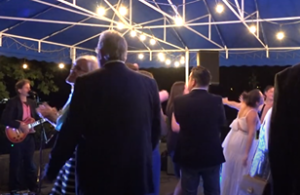 Live performances are unique every time. The spontaneity and real-time creation of music mean that no two performances are exactly alike. This uniqueness contributes to the emotional resonance of live music, as the musician’s energy and the audience’s response create a feedback loop that enhances the overall experience. It’s about being present in the moment, sharing a musical journey that is deeply personal and communal.
Live performances are unique every time. The spontaneity and real-time creation of music mean that no two performances are exactly alike. This uniqueness contributes to the emotional resonance of live music, as the musician’s energy and the audience’s response create a feedback loop that enhances the overall experience. It’s about being present in the moment, sharing a musical journey that is deeply personal and communal.
Striking a Balance
While I am open to using tracks and embrace the possibilities that looping presents, my core philosophy leans towards the purity of live musicianship. The decision to incorporate technology into a performance should enhance, not overshadow, the emotional and artistic integrity of the music. For events like wedding ceremonies and cocktail hours, where the ambiance sets the tone for personal milestones, the authenticity of a live performance can make all the difference.
Enhancing, Not Replacing
In my conversation with Monica, I expressed that live musicians bring a unique element to events that prerecorded music or DJs cannot match—emotional intimacy. This is the crux of why people opt for live musicians in the first place. It’s about creating an experience that touches the heart and soul, leaving a lasting imprint on those special moments. Technology should be used to complement and enhance the live performance, not to replace the human element that makes music so powerful.
Finding the Right Mix
Finding the right balance between technology and live performance involves understanding the needs of the event and the preferences of the audience. It’s about being flexible and adaptable, using technology as a tool to enhance the performance while maintaining the authenticity and emotional depth of live music.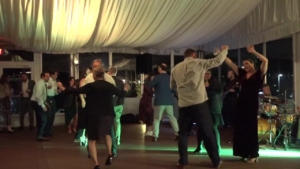
Conclusion
As we navigate the intersection of tradition and innovation in music, it’s essential to remember that technology is a tool, not a replacement, for genuine artistic expression. The choice between utilizing digital aids and performing live is not binary but rather a spectrum where musicians can find their voice and best serve their audience’s emotional journey. In the end, whether through the unadulterated strains of a live performance or the intricate layers of a looped piece, the goal remains the same: to evoke emotion and create unforgettable experiences.
—
If you are planning a wedding, private party, or corporate event and you want to explore your options for musicians to provide live music, book a free music consultation with me or simply write to me on the contact page.
